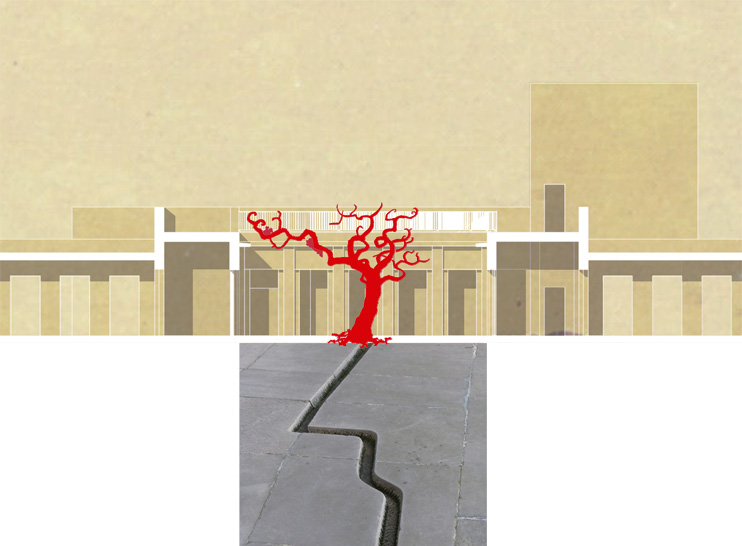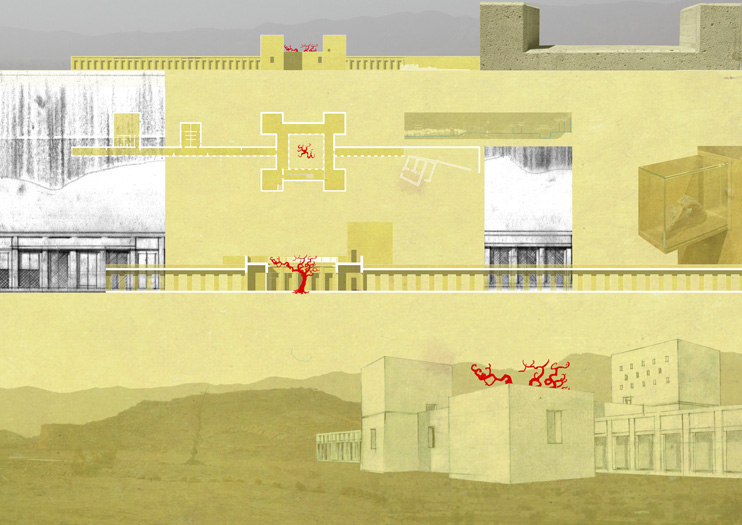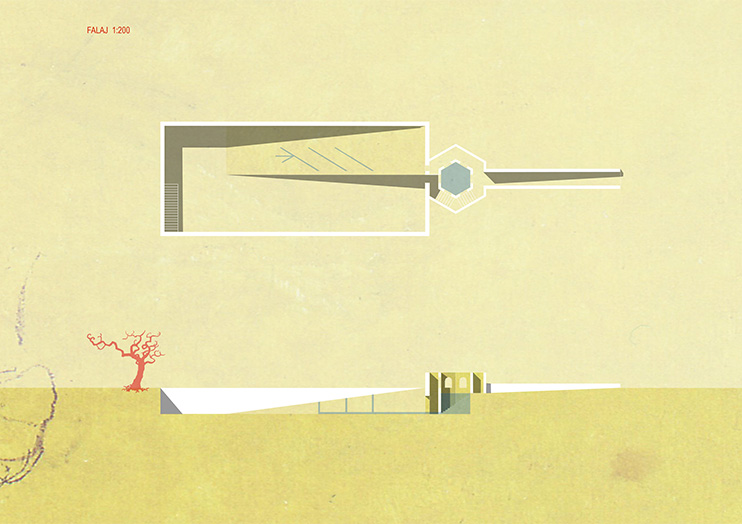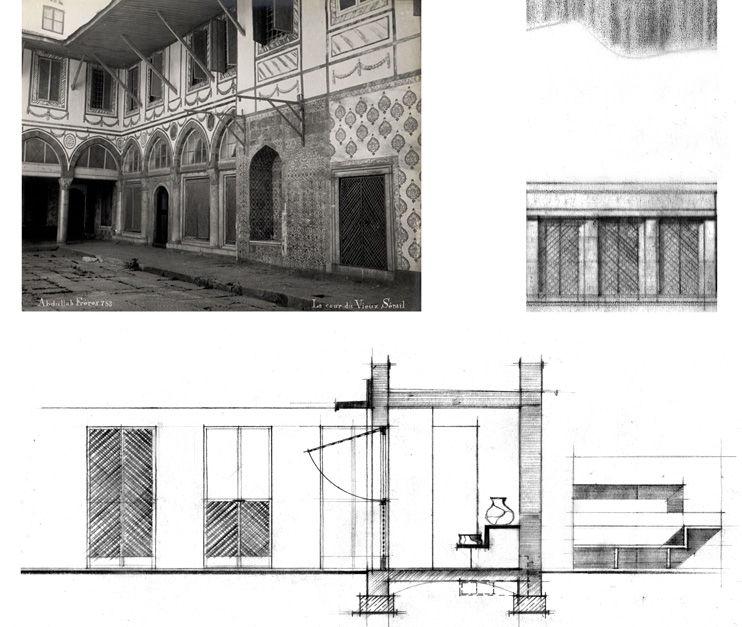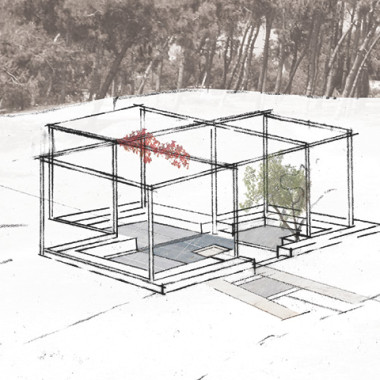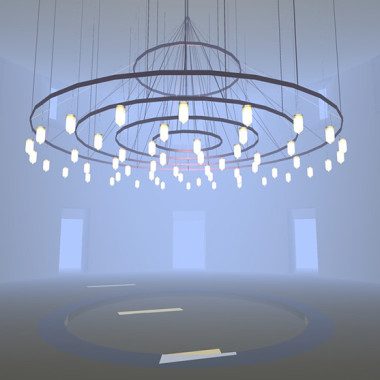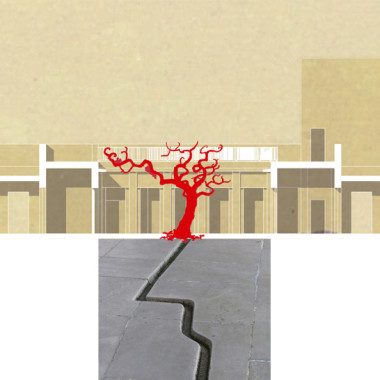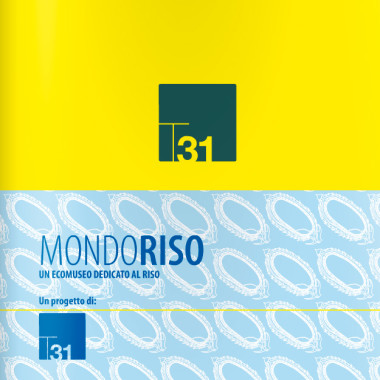-
Sito Archeologico e castello d’acqua, Salut Oman
F.Collotti, M.Boasso, S.Acciai , Italian Mission to Oman – I.M.T.O. A.Avanzini con C.Condoluci e A.Piovan
Milano – Oman, 2010-2011Salut, sistemazione dell’area archeologica e castello d’acqua (Sultanate of Oman)
Il racconto vorrebbe che Suleiman in persona volando da Persepoli verso Gerusalemme fosse attratto da questo luogo e che qui disponesse di fondare il sito originario dell’Oman.
La corte è raccolta intorno al melograno promessa di fecondità ed è memoria d’acqua che ha scavato il pavimento, le torri – invece – trattengono il muro nel quadrato e quella più alta è il luogo dove il vento sa giocare.
La lunga galleria, protetta da una mosharabia, regolabile alla maniera di antiche gelosie, è al contempo laboratorio per il lavoro degli archeologi ed esposizione dei reperti mentre vengon trattati.
Il castello d’acqua intercetta il tracciato di un antico falaj, canale sotterraneo che – al riparo dell’evaporazione – portava l’acqua dalle montagne alla piana, dove la distribuzione si faceva preziosa e regolata da un complesso orologio solare che comandava piccole chiuse. -
Archaeological Site and water castle, Salut Oman
F.Collotti, M.Boasso, S.Acciai , Italian Mission to Oman – I.M.T.O. A.Avanzini with C.Condoluci and A.Piovan
Milan – Oman, 2010-2011Salut, redesigning the archaeological site and water castle (Sultanate of Oman)
The story goes that it was Solomon himself, while flying from Persepolis towards Jerusalem, who was attracted to this place and that it was here that he decided to found the original site of Oman.
The court is built around a pomegranate, the symbol of fertility, and is testimony to the water that has carved into the floor. The towers, on the other hand, fix the walls squared and in the biggest tower, they say the wind plays. The long arcade, protected by the typical wooden screens, is the workshop where the archaeologists work and where the exhibits can be seen whilst they are being treated.
The water castle is based on the form of an ancient falaj, an underground aqueduct which brough water down from the mountains, the distribution of which was strictly controlled by a complex solar clock which closed gates.

